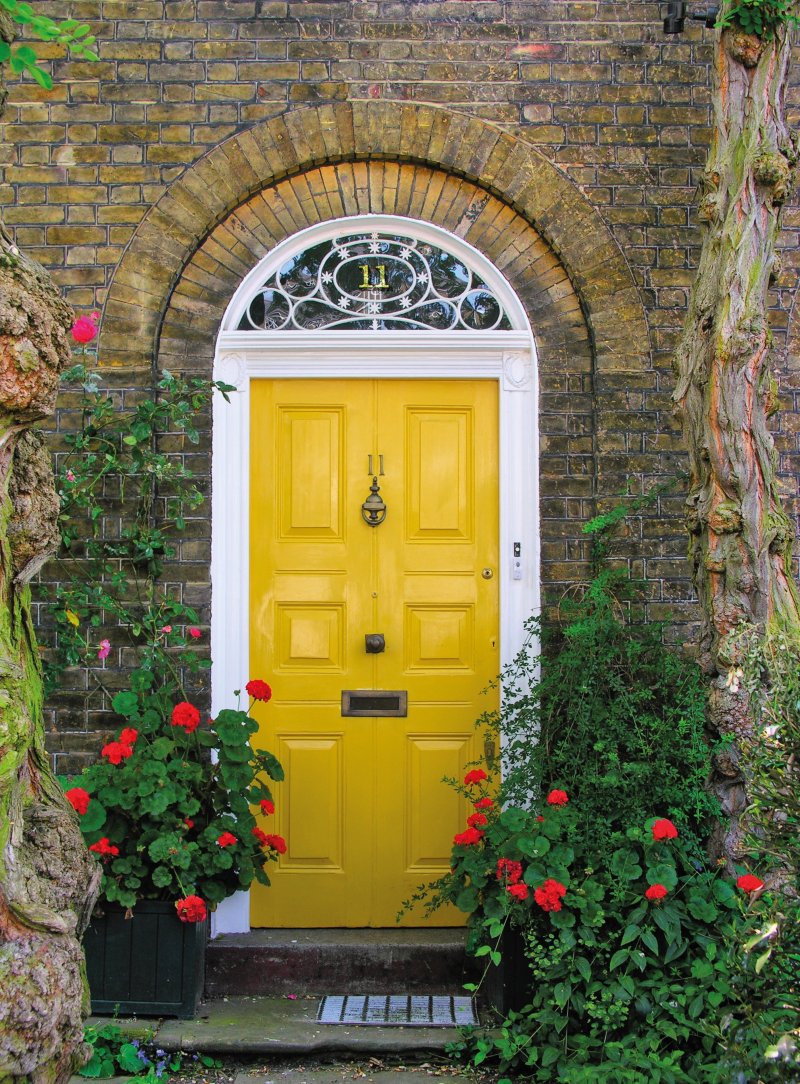

As part of the Labour government’s pledge to deliver 1.5 million homes over the next five years Deputy Prime Minister, Angela Rayner, has announced reforms which make “a significant step to getting Britain building again” with the publication of a new Draft National Planning Policy Framework. This included increasing the national housing target to 370,000 homes per annum, with a revised calculation for housing needs and subsequent imposed housing targets on local authorities. In doing so they introduced the term ‘grey belt’ and suggested this should be a consideration for local councils.
We asked our Head of Planning, Julian Sharpe, to give some clarification on this term.
The official definition, taken from the Draft National Planning Policy, is:
“Grey belt: For the purposes of plan-making and decision-making, ‘grey belt’ is defined as land in the green belt comprising *Previously Developed Land and any other parcels and/or areas of Green Belt land that make a limited contribution to the five Green Belt purposes (as defined in para 140 of this Framework), but excluding those areas or assets of particular importance listed in footnote 7 of this Framework (other than land designated as Green Belt).”
Footnote 7 effectively excludes habitats sites; Sites of Special Scientific Interest; an Area of Outstanding Natural Beauty, a National Park, Heritage Coast; irreplaceable habitats; designated heritage assets; and areas at risk of flooding or coastal change.
*Previously developed land (or brownfield land as it is often referred to) is fairly well understood amongst planning professionals. The new addition is really areas of “Green Belt that make a limited contribution to the five Green Belt purposes”. The Green Belt purposes being:
a) to check the unrestricted sprawl of large built-up areas
b) to prevent neighbouring towns merging into one another
c) to assist in safeguarding the countryside from encroachment
d) to preserve the setting and special character of historic towns; and
e) to assist in urban regeneration, by encouraging the recycling of derelict and other urban land.
Given all of the above, Julian gave examples of what ‘grey belt’ could be considered to be:
Whilst this may unlock the provision of some housing, including affordable housing, what impact this is likely to have on the contribution towards the housing target is yet to be seen, and undoubtably will lead to a number of test legal cases we expect.
If you are looking for planning advice and guidance, contact our expert planning team today.
Photo by Sandy Millar on Unsplash
We asked our Head of Planning, Julian Sharpe, to give some clarification on this term.
The official definition, taken from the Draft National Planning Policy, is:
“Grey belt: For the purposes of plan-making and decision-making, ‘grey belt’ is defined as land in the green belt comprising *Previously Developed Land and any other parcels and/or areas of Green Belt land that make a limited contribution to the five Green Belt purposes (as defined in para 140 of this Framework), but excluding those areas or assets of particular importance listed in footnote 7 of this Framework (other than land designated as Green Belt).”
Footnote 7 effectively excludes habitats sites; Sites of Special Scientific Interest; an Area of Outstanding Natural Beauty, a National Park, Heritage Coast; irreplaceable habitats; designated heritage assets; and areas at risk of flooding or coastal change.
*Previously developed land (or brownfield land as it is often referred to) is fairly well understood amongst planning professionals. The new addition is really areas of “Green Belt that make a limited contribution to the five Green Belt purposes”. The Green Belt purposes being:
a) to check the unrestricted sprawl of large built-up areas
b) to prevent neighbouring towns merging into one another
c) to assist in safeguarding the countryside from encroachment
d) to preserve the setting and special character of historic towns; and
e) to assist in urban regeneration, by encouraging the recycling of derelict and other urban land.
Given all of the above, Julian gave examples of what ‘grey belt’ could be considered to be:
- Previously developed land
- Car parks
- Petrol stations
- Land on the edge of existing settlements (which do not meet Green Belt purposes)
- Quarries
- Golf courses
- Glasshouses
- Solar farms
- Leisure facilities such as equestrian, caravan parks and camp sites
Whilst this may unlock the provision of some housing, including affordable housing, what impact this is likely to have on the contribution towards the housing target is yet to be seen, and undoubtably will lead to a number of test legal cases we expect.
If you are looking for planning advice and guidance, contact our expert planning team today.
Photo by Sandy Millar on Unsplash
Similar news
Est.
1817
1817
Looking to sell?
Established in 1817 White & Sons are award winning independent estate agent with offices in Dorking, Reigate, Horley, Oxted & Leatherhead. We are a forward thinking business which uses cutting edge technology backed by 200 years of experience to assist with all your property related matters.
We are the no.1 choice in Surrey
We provide free property valuations which are based on local market trends and current buyer and tenant feedback, to give you the most accurate market appraisal on your home.







